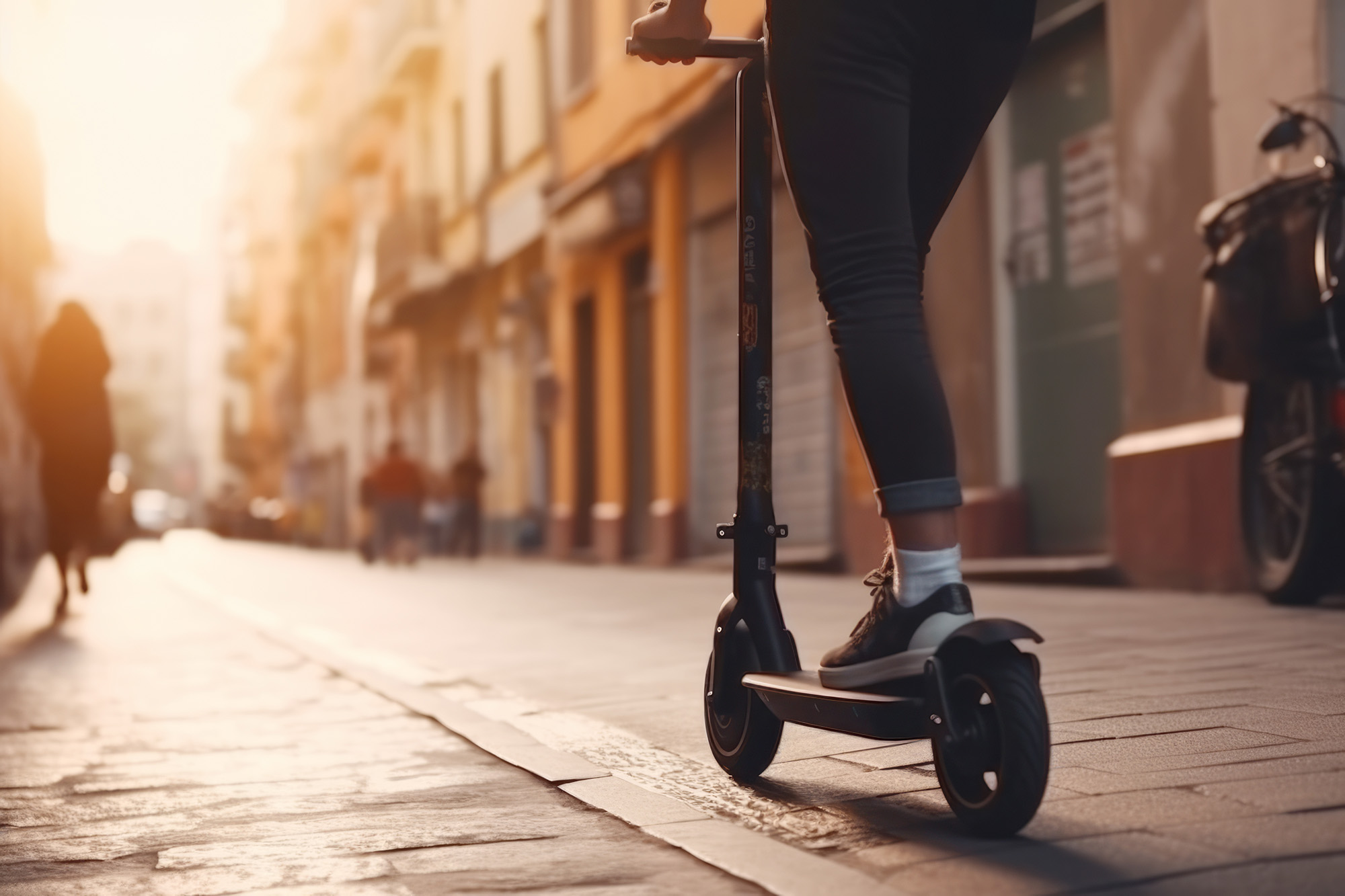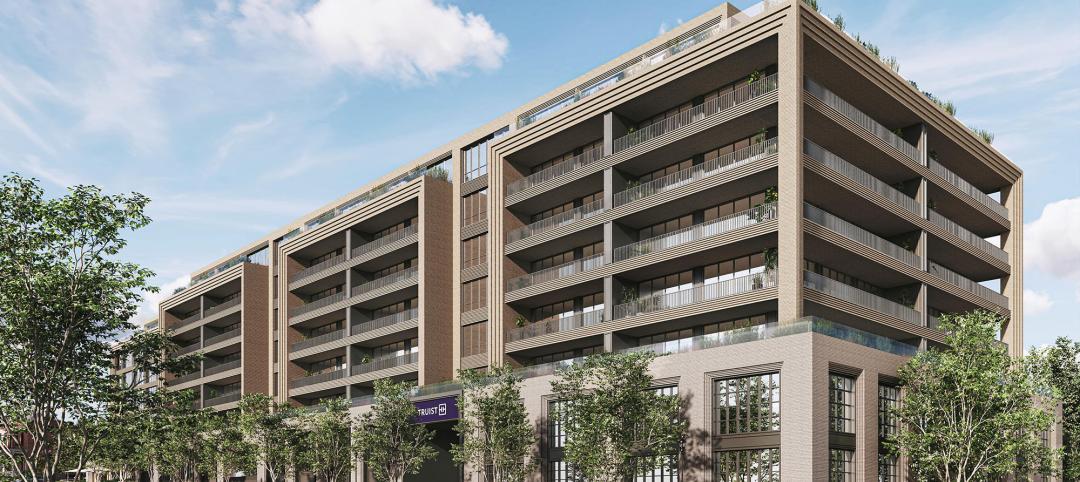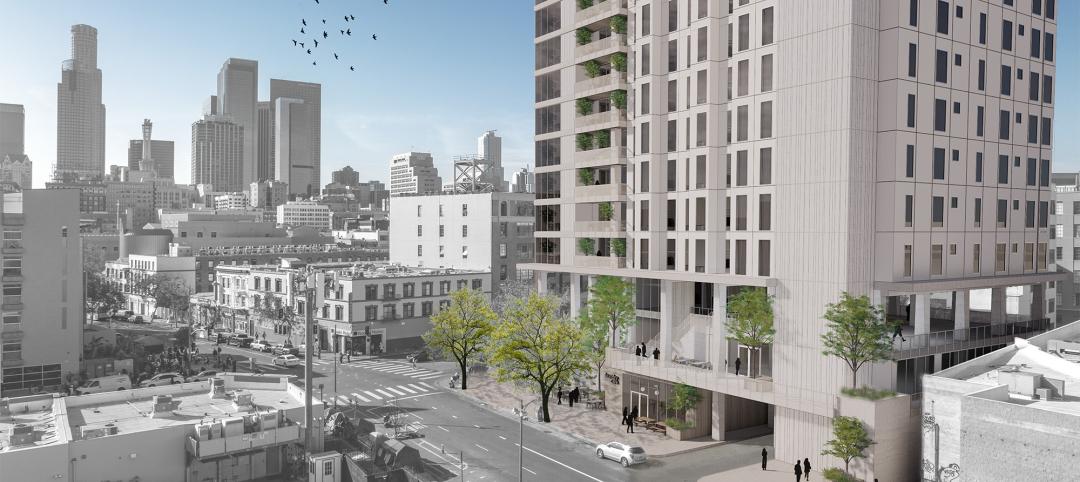In the heart of the Finger Lakes region sits the ambitious city of Ithaca, N.Y. Known for its diverse wildlife and natural beauty, Ithaca has turned heads with the start of its latest venture: Fully decarbonize and electrify the city by 2030.
In the summer of 2019, the City of Ithaca Common Council signed the Ithaca Green New Deal resolution—a unanimous decision for government-led decarbonization. The goals of the resolution include adopting 100% renewable energy by 2025, reducing vehicle emissions by 50 percent, and achieving community-wide carbon neutrality by 2030.
The undertaking that Ithaca has divulged begins with the electrification of 1,000 residential and 600 commercial buildings across the city. The end goal? Convert all 6,000 of Ithaca’s buildings into 100% electric ones. As the first city in the U.S. to propose doing so, what’s the catch? How can a small city accomplish such a feat?
What Makes an Electric City
“[Ventures like Ithaca’s] are clearly a doable scenario when industry and government align,” says Bill Klehm, chairman and CEO of eBliss, an eMobility transportation production company. With two decades of experience in the automotive industry, Klehm believes city-wide electrification efforts are achievable when the government responds to consumer demands.
Take the dawn of the automotive industry, for example. Cars were built before they had the infrastructure to properly support them. Consumers led the demand for vehicles—the government followed with roads. Where’s the tipping point for the switch to all-electric?
Fortunately, Ithaca’s mission is captivating enough for both public and private partnerships to arise. The almost-all-electric city has found enormous support from BlocPower, a green homebuilding technology company, and garnered investments from Alturus, Microsoft, and Goldman Sachs. Since 2019, Ithaca has created partnerships with over 200 local, national, and international organizations.
However, peering through the rose-tinted glasses, one must ask: Do we even have the capability to support this? According to Klehm, there are several challenges in store for Ithaca and other cities looking towards the electric future.
- Electric vehicle (EV) charging infrastructure will have to be significantly increased. Cars are one challenge—what about eBikes, public transportation, and delivery vehicles?
- Project leaders will need a detailed understanding of the city’s current traffic flow. This will determine which streets should be consolidated in favor of foot—or eBike—traffic, and which should remain for cars.
- There will need to be more availability of options for people moving around: Planned communities, mixed-use areas, urban condensing.
The rest includes a societal mindset shift—though it seems Ithaca fortunately has a leg up with its own community. Many in the U.S. are still skeptical of going all-electric, whether from the threat of increased taxation or feeling a loss of personal freedom. It will take disruptors like Ithaca to push against the norm, and see if others will follow its lead.
The ‘Democratization of Mobility’
Though Ithaca may be the first U.S. city to become 100% electric, it's not the first to push the limits. A Tempe, Ariz., neighborhood touts itself as the “first car-free neighborhood built from scratch in the U.S.”
Culdesac, a real estate developer and property manager, is building a mixed-use community that prioritizes—no, requires—biking, walking, and public transit. As a “first of its kind” community, Culdesac Tempe incorporates car-free streets (though still designed to accommodate EMS response) and a myriad of public amenities.
This living structure is reminiscent of the controversial “15-minute city,” a concept that instills excitement in some and fear in others. For the former, communities like Culdesac Tempe represent an idyllic lifestyle. In fact, adults who live in walkable neighborhoods are more likely to interact with their neighbors and have a stronger sense of community than people who live in car-dependent communities, according to a report by the Herbert Wertheim School of Public Health and Human Longevity Science at University of California San Diego.
This walkable urbanization typically attracts retired empty-nesters, work-from-home professionals, and the younger generation. This Gen Z demographic may become the biggest drivers for what Klehm calls “the democratization of mobility.”
“An eBike or scooter is usually the first vehicle a kid will ever drive,” says Klehm. “Young people will be the drivers of electric use—they’re used to it.”
As Millennial and Gen Z come further into positions of power, will efforts like Culdesac and Ithaca become commonplace, or will the fight to electrify persist?
Related Stories
Urban Planning | Jan 2, 2024
Federal Highway Administration releases updated traffic control manual
With pedestrian deaths surging nationwide, the Federal Highway Administration released a new edition of the Manual on Uniform Traffic Control Devices for Streets and Highways. The manual contains standards for street markings and design, standardizing signage, and making driving as seamless as possible.
Urban Planning | Dec 18, 2023
The impacts of affordability, remote work, and personal safety on urban life
Data from Gensler's City Pulse Survey shows that although people are satisfied with their city's experience, it may not be enough.
Multifamily Housing | Nov 30, 2023
A lasting housing impact: Gen-Z redefines multifamily living
Nathan Casteel, Design Leader, DLR Group, details what sets an apartment community apart for younger generations.
Condominiums | Nov 6, 2023
Douglas Elliman launches its first Metro D.C. condominium project
Douglas Elliman, one of the largest independent residential real estate brokerages in the United States, announced last week that the firm will be handling the sales and marketing for Ten501 at City Centre West.
Office Buildings | Oct 16, 2023
The impact of office-to-residential conversion on downtown areas
Gensler's Duanne Render looks at the incentives that could bring more office-to-residential conversions to life.
Urban Planning | Oct 12, 2023
Top 10 'future-ready' cities
With rising climate dilemmas, breakthroughs in technology, and aging infrastructure, the needs of our cities cannot be solved with a single silver bullet. This Point2 report compared the country's top cities over a variety of metrics.
Resiliency | Aug 7, 2023
Creative ways cities are seeking to beat urban heat gain
As temperatures in many areas hit record highs this summer, cities around the world are turning to creative solutions to cope with the heat. Here are several creative ways cities are seeking to beat urban heat gain.
Affordable Housing | Jul 27, 2023
Repeatable, supportive housing for the unhoused
KTGY’s R+D concept, The Essential, rethinks supportive housing to support the individual and community with a standardized and easily repeatable design.
Urban Planning | Jul 24, 2023
New York’s new ‘czar of public space’ ramps up pedestrian and bike-friendly projects
Having made considerable strides to make streets more accessible to pedestrians and bikers in recent years, New York City is continuing to build on that momentum. Ya-Ting Liu, the city’s first public realm officer, is shepherding $375 million in funding earmarked for projects intended to make the city more environmentally friendly and boost quality of life.
University Buildings | Jun 26, 2023
Addition by subtraction: The value of open space on higher education campuses
Creating a meaningful academic and student life experience on university and college campuses does not always mean adding a new building. A new or resurrected campus quad, recreational fields, gardens, and other greenspaces can tie a campus together, writes Sean Rosebrugh, AIA, LEED AP, HMC Architects' Higher Education Practice Leader.

















